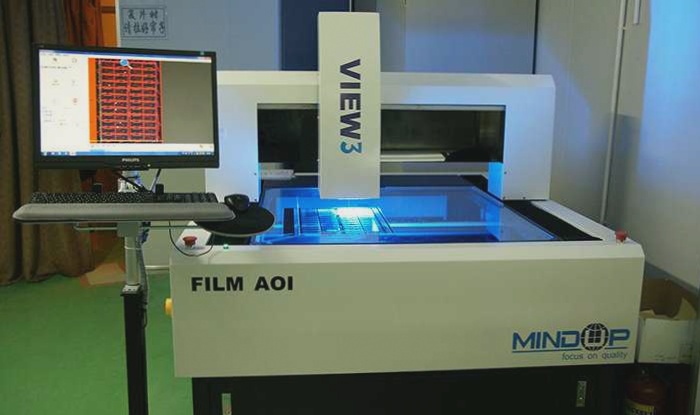What is a blind via PCB circuit board?
The term “blind via” refers to a hole that is drilled to connect inner layers of a multilayer PCB but does not go through all layers. Unlike through holes that penetrate all layers, blind vias are drilled before laminating the layers together.
What basic knowledge do you need to know to make blind-hole PCB circuit boards?
(1) Drill registration: Each blind via drill file should reference a through hole as a unit. The coordinates of each blind via should be identified relative to this unit reference hole. It’s crucial to note which drill file corresponds to which layers. When laser drills and buried vias on inner layers coincide, even if their positions align, confirmation with the customer is necessary to ensure electrical connectivity. This process cannot rely solely on experience.
(2) Tooling holes: In typical multilayer PCBs, inner layers do not require tooling holes. However, when producing blind-hole PCBs, all boards need tooling holes, including those at the panel edges to distinguish each board.
(3) Film adjustments: Clearly mark positive and negative films. Use positive film processing for boards thicker than 8 mil (excluding copper), and negative film for those thinner than 8 mil (excluding copper). When dealing with thick line widths or large gaps in line spacing, consider the copper thickness at the drilled/filled (d/f) locations rather than the base copper thickness.

(4) Production process: The primary distinction between blind vias and buried vias lies in their location relative to the outer layer. For blind vias, which penetrate only one side of the board, careful attention must be paid to ensure single-sided D/F, taking care not to invert the wrong surface (especially when the double-sided bottom copper is not uniform). During D/F exposure, the shiny copper surface is shielded with black tape to prevent light penetration. This precaution is necessary because blind vias are located on the surface of the board, whereas buried vias reside within the inner layers.
The term “blind via” refers to a hole that is drilled to connect inner layers of a multilayer PCB but does not go through all layers. Unlike through holes that penetrate all layers, blind vias are drilled before laminating the layers together.
What basic knowledge do you need to know to make blind-hole PCB circuit boards?
(1) Drill registration: Each blind via drill file should reference a through hole as a unit. The coordinates of each blind via should be identified relative to this unit reference hole. It’s crucial to note which drill file corresponds to which layers. When laser drills and buried vias on inner layers coincide, even if their positions align, confirmation with the customer is necessary to ensure electrical connectivity. This process cannot rely solely on experience.
(2) Tooling holes: In typical multilayer PCBs, inner layers do not require tooling holes. However, when producing blind-hole PCBs, all boards need tooling holes, including those at the panel edges to distinguish each board.
(3) Film adjustments: Clearly mark positive and negative films. Use positive film processing for boards thicker than 8 mil (excluding copper), and negative film for those thinner than 8 mil (excluding copper). When dealing with thick line widths or large gaps in line spacing, consider the copper thickness at the drilled/filled (d/f) locations rather than the base copper thickness.

(4) Production process: The primary distinction between blind vias and buried vias lies in their location relative to the outer layer. For blind vias, which penetrate only one side of the board, careful attention must be paid to ensure single-sided D/F, taking care not to invert the wrong surface (especially when the double-sided bottom copper is not uniform). During D/F exposure, the shiny copper surface is shielded with black tape to prevent light penetration. This precaution is necessary because blind vias are located on the surface of the board, whereas buried vias reside within the inner layers.


